Ethiopia
There are over 100 public health emergencies occurring each year in the African Region according to the World Health Organization (WHO). The need to secure funds to act decisively when such emergencies occur is the reason for a conference in Ethiopia.
The WHO Africa meeting
The conference of African Health Ministers is taking place in the Ethiopian capital, Addis Ababa from 19-23 August 2016. It is the 66th session of the WHO Regional Committee for Africa.
The meeting will consider a $106.8m strategy to tackle the public health emergencies that threaten everyone in Africa and disrupt the regional economy. The WHO is expected to push for more funds for the African Public Health Emergency Fund (APHEF) to tackle these emergencies.
What the participants would be looking at
Health Ministers from the 47 countries in the WHO Africa Region will decide on a number of policy commitments in the Regional Strategy for Health Security and Emergencies 2016–2020.
One of the strategy’s most significant commitments, in direct response to the many outbreaks seen across the continent, is that by 2018, at least 80% of the 47 countries will have tested and funded all-hazards preparedness plans.
The countries must have conducted outbreak and disaster risk analyses and mapping, and implemented policies and guidelines to support International Health Regulations (IHR) and Disaster Risk Management (DRM) implementation.
Dr Matshidiso Moeti, WHO Regional Director for Africa speaks
“In our globalized world, diseases know no boundaries. We need stronger collaboration to protect national, regional and global health security.
‘‘The implementation of the regional strategy for health security and emergencies would strengthen the capacity of countries in the Region to prepare for, prevent, detect, respond to and quickly recover from emergencies in a predictable, dependable and accountable way.”
What the APHEF has been up to
Recently, APHEF resources have funded vaccination campaigns to contain the current outbreaks of yellow fever, and established emergency treatment centers to manage cholera in drought-stricken southern Africa.
Africa disease situation
Out of the 100 public health emergencies that occur in the African Region yearly, infectious diseases account for 80%, disasters for 18%, chemical poisoning and acute severe malnutrition account for only 2%.
The recent Ebola epidemic in West Africa received the lion’s share of attention, but national governments need dedicated resources to contain many other diseases, with looming threats on the horizon.
Antimicrobial resistance (AMR), for example, threatens the effective prevention and treatment of an ever-increasing range of infections.
“Countries can do more to tackle these outbreaks, many of which are preventable, by addressing the causes and being better prepared to avoid the current unacceptably high death, disease and disability, resulting in subsequent socioeconomic disruptions,” WHO Regional Director added.
WHO outlines risks across the continent
WHO mapped out the impact of 15 tropical diseases—ranging from anthrax to Ebola to Zika—in a report released in May 2016.
These maps examined the ecological zones where people can acquire the disease along with the places where transmission has been documented. The report also charted the impacts of ten different contextual and environmental factors—ranging from population growth and urbanization to hunger and conflict.
The Regional Strategy would establish a target that by 2020, at least 80% of Member States should have a fully functioning public health emergency operation centre (EOC) and a functional national laboratory system and network that meets minimum standards.
Also, that over 80% of Member States should have an adequate health work force to respond to outbreaks and health emergencies and at least 90% of Member States should be implementing the Integrated Disease Surveillance and Response (IDSR) including event-based surveillance systems with at least 90% country coverage by 2020.
In line with the guiding principles of the Regional Strategy, WHO and partners will work in strong collaboration and multisectoral engagement to prevent, contain and control emergencies in the Region.






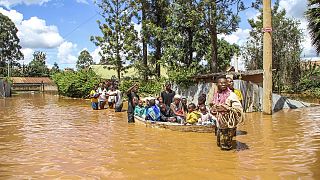
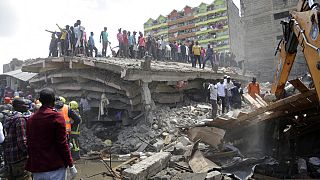

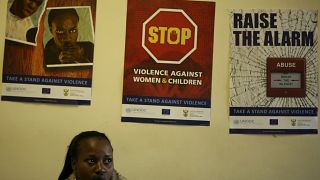
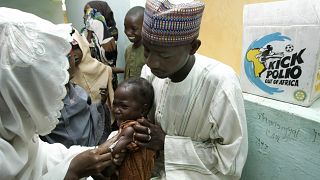
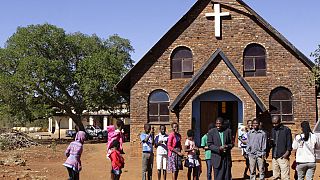
01:33
Haiti: Health system near collapse as medicine dwindles and gangs attack hospitals
00:49
London Marathon: Women's-only world record, Kenyan double victory
01:58
About 15 million Sudanese in need of urgent health assistance
01:13
WHO approves new cholera vaccine that could help fight surge in cases
01:30
UN reports widening global inequality in sexual and reproductive health and rights
00:59
Donors pledge $630 million for conflict-hit Ethiopia